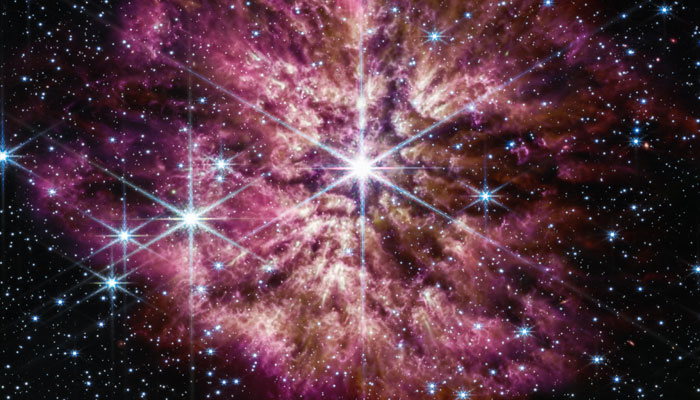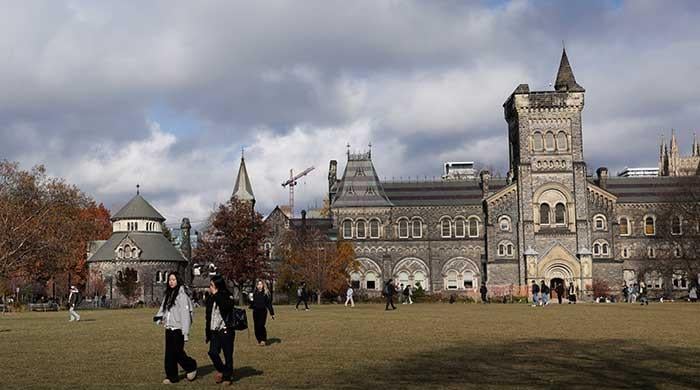Supernova explosion blew giant hole in Earth's ozone layer — Scientists just learned
The telescope captured evidence of this devastating cosmic event on October 9 of the previous year
November 27, 2023

Scientists have unveiled that a distant supernova explosion, situated billions of light years away, possessed such staggering power that it "temporarily destroyed" a portion of Earth's ozone layer in 2022.
The telescope captured evidence of this cosmic event on October 9 of the previous year, revealing a jet of high-energy photons moving towards Earth, indicative of a supernova explosion 1.9 billion light years distant. Described as a gamma-ray burst (GRB), astronomers dubbed it the "brightest of all time (BOAT)."
In the latest revelation, researchers have determined that this burst, lasting almost 7 minutes, scorched one side of Earth's ozone layer. The burst caused a measurable alteration in the quantity of ionized particles in the Earth's upper atmosphere, including ozone molecules that absorb harmful solar radiation, as reported by the New York Times (NYT).
Laura Hayes, a solar physicist from the European Space Agency (ESA), emphasised the widespread impact of the event, stating, "It was such a massive event, it affected all levels of the atmosphere."
Pietro Ubertini, an astronomer at the National Institute of Astrophysics in Rome involved in the discovery, explained, "The ozone was partially depleted - was destroyed temporarily."
The observable effect of the explosion lasted only minutes before the ozone layer rapidly repaired itself, leading Ubertini to deem it "nothing serious." However, he cautioned that if a supernova were closer, it could potentially be catastrophic.
These findings underscore the potential risk of closer cosmic bursts jeopardising Earth's protective ozone layer. The discovery highlights the intricate ways in which distant cosmic events, even those far from our solar system, can impact Earth's atmosphere, serving as a colossal detector for extreme cosmic phenomena.
Astronomers acknowledge the rarity of faraway cosmic events causing significant atmospheric disturbances. Laura Hayes remarked, "Fortunately for us, this gamma-ray burst was extremely distant, making its effects more of a scientific curiosity than a threat."
Nonetheless, Ubertini noted that a gamma-ray burst a million times more substantial could ionize enough ozone to weaken the protective barrier for days or months.
The event, identified as GRB 221009A, is believed to be a one-in-10,000-year occurrence, making a closer event even more improbable.









